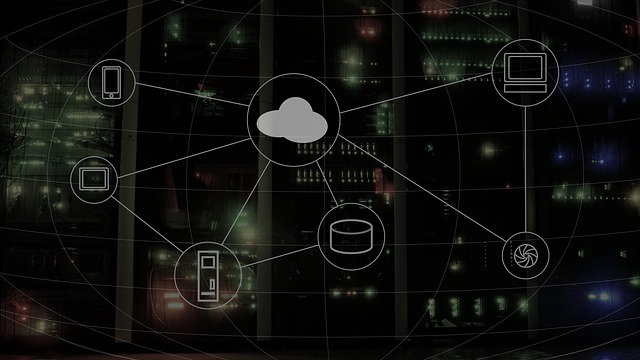After the emergence of AI, many technologies have been introduced that have changed the perspective toward work. Cloud innovation is one of these – as they are coming back to the backbone of the day-by-day world. But did you know these cloud-based vibration monitoring innovations are also transforming fault detection, condition monitoring services, and big data?
Cloud Computing with Vibration Fault Detection
Vibration Fault Detection, a crucial component of predictive maintenance, relies on the analysis of machine vibrations to identify potential issues. Traditionally, this process was both time-consuming and resource-intensive. However, the integration of Cloud Computing has turned the tables, making the entire process more efficient and accessible.
Cloud computing acts as a centralized hub where data from various sensors spread across machinery is collected, stored, and analyzed. This not only eliminates the need for on-premises servers but also allows for seamless scalability. Vibration data from different sources can be aggregated in real time, providing a comprehensive overview of the entire system’s health.
With cloud-based vibration monitoring services, industries can transition from reactive maintenance to proactive, predicting faults before they escalate. The cloud’s ability to process vast amounts of data quickly enables early detection of anomalies, ensuring minimal downtime and reducing the risk of catastrophic failures.
Cloud Computing X Condition Monitoring
Moving on to the induction of Cloud Computing in Condition Monitoring, we witness another symbiotic relationship that transforms how industries keep their machinery in check. Condition monitoring involves tracking the performance of equipment to identify potential faults or deviations from the norm. Cloud Computing takes this a step further by providing a platform where this data can be continuously monitored and analyzed.
By leveraging the cloud, condition monitoring becomes a real-time endeavor. Data is no longer confined to local databases; instead, it flows seamlessly to the cloud, allowing for instant analysis and decision-making. This ensures that any abnormalities are flagged promptly, triggering maintenance actions before a minor issue becomes a major headache.
Cloud Computing in Big Data Brilliance
Cloud Computing has also gone so far in the field of big data brilliance. Big Data, characterized by the massive volume, velocity, and variety of data, is a goldmine of insights waiting to be uncovered. Cloud Computing acts as the perfect enabler, providing the necessary infrastructure and tools to make sense of this vast sea of information.
In industries, the sheer volume of data generated can be overwhelming. Cloud platforms offer the computational power and storage capabilities needed to efficiently process and analyze this data. This not only facilitates trend analysis and pattern recognition but also opens the door to predictive analytics, helping businesses make data-driven decisions.
Summing Up – Cloud-Based Vibration Monitoring
The fusion of Cloud Computing with vibration fault detection, condition monitoring, and big data brilliance has ushered in a new era of efficiency and reliability. Industries that embrace these cloud-based vibration monitoring are not just maintaining their machinery; they are future-proofing their operations, ensuring a smooth and uninterrupted journey toward success. Also read our blog to get the clear idea about predictive maintenance using AI.

